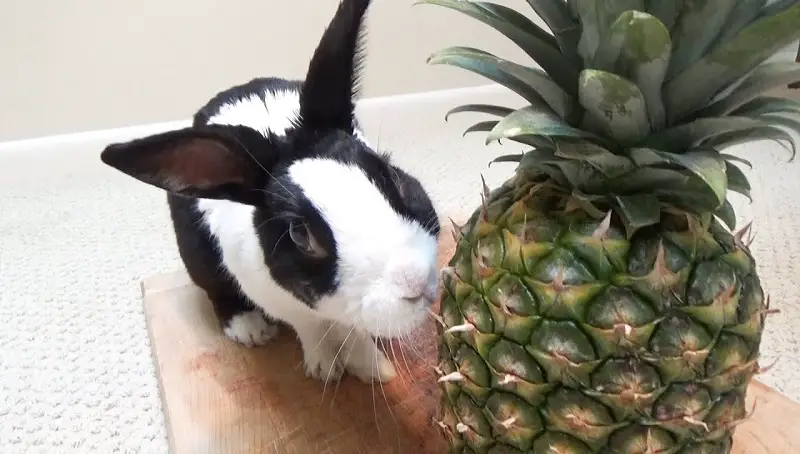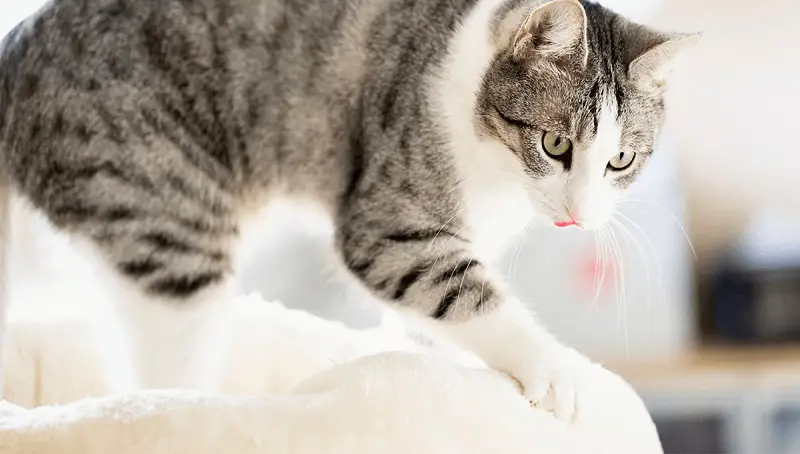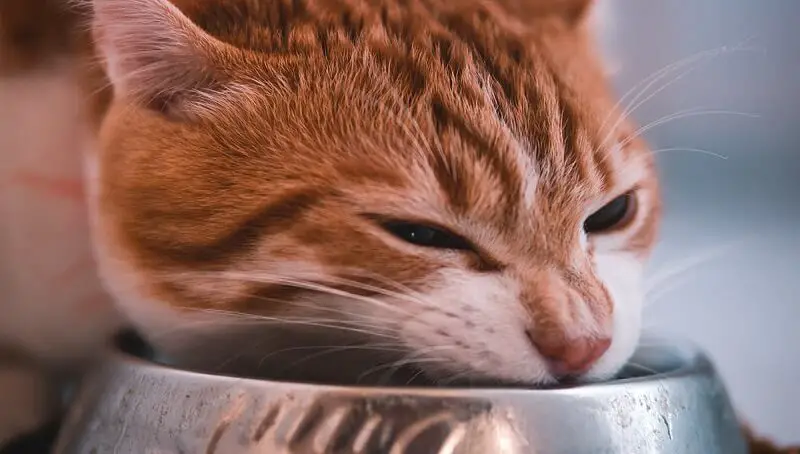
Can Rabbits Eat Pineapple?
August 30, 2022
Why Do Cats Knead And How Do You Stop It?
August 31, 2022
A lot of people know that cats love to beg for food. But this habit should not be encouraged, because once she has learned to beg, it will be a hard thing to unlearn. It is not good to teach her to meow in front of the plate until you, out of pity, give her something to taste.
When you have a cat, teach her to eat at meal times set by you and only from her bowl. And with all these rules, how many of us don’t give in to the begging eyes of our favorite pet?
If you have a cat and you give it small snacks from your food from time to time, it’s good to know the following things. The main reason is that some foods that are edible for you, can be harmful to the cat. An example of a food that the cat should not eat is onions. Did you know that?
Next, I will list what other foods should never be in your cat’s diet.
- Onions or garlic. Both onions and garlic contain a substance called N-propyl disulfide. This substance attacks red blood cells, and the cat will get anemia. So don’t give your cat any vegetables from the garlic and onion family.
- She’s not allowed to eat raisins and grapes. The harmful effect of these foods was seen more in dogs. Specialists have not yet discovered what makes these fruits cause allergic reactions. Although the dosage differs from animal to animal, it is good not to risk giving it these types of fruits, because the kidneys will be most affected. Even if the effects are not immediate, the damaged kidneys do not recover.
- Mushrooms. There are species of fungi that are toxic to the cat. To avoid harmful fungi, it is good to give up feeding your cat any kind of mushroom.
- Milk is so associated with cats that it’s hard to believe it would hurt them. There are cats that are lactose intolerant.
If your cat has this intolerance, she will experience gastric discomfort immediately after eating, like stomach pain, cramping, and bloating. If she is not lactose intolerant, you can offer her milk and cream with a higher fat content, as the amount of lactose is lower.
You might also like my articles on whether cats should eat oats, raspberry, or mayo.
- The cat should never eat chocolate. Although many cat owners know that this food is harmful, there are numerous cases of poisoning, annually, at the veterinarian.
If you forget an opened bar of chocolate on the table, it is very accessible for a curious cat. Chocolate contains a substance called theobromine. Chocolate, like any other food that contains caffeine, can also cause serious problems if ingested. It will affect the central nervous system, lead to increased heart rate, increased blood pressure, nausea, dizziness, and vomiting. There are cases where chocolate consumption can lead to coma or even be lethal.
- Xylitol. This substance is found in “sugar-free” products, but also in many kinds of sweets. In cats, this substance produces heightened hypoglycemia, and when consumed in large quantities, it can be lethal.
- Cats should not eat green tomatoes. Tomatoes contain a substance called solanine which is very toxic to cats. For example, a single cherry tomato can cause severe gastrointestinal discomfort. Instead, ripe tomatoes, whose green tail has been removed, are very healthy for cats.
- Large amounts of salt can cause excessive thirst and urination, or even sodium poisoning in pets. Signs that your pet may have eaten too many salty foods include vomiting, diarrhea, depression, tremors, increased body temperature, convulsions and may even turn bad for it. As such, avoid feeding animals with salty cooked food, chips, pretzels, or other salty or spicy snacks.
- Alcohol. It is toxic to us, so imagine how it is to cats. It’s extremely dangerous for felines. Two teaspoons of whiskey ingested by a 2.5-pound cat will result in a coma and 3 teaspoons can be lethal. Watch out! Many foods contain alcohol, so be careful what your cat eats.
- Caffeine. A cat can be poisoned by caffeine ingestion. The first symptoms are agitation, palpitations, rapid breathing, and convulsions. Many drinks and foods contain caffeine, including soft drinks and certain sweets.
- Raw eggs could lead to food poisoning due to salmonella or E. coli infection. Another danger is the avidin protein, from eggwhite, which can cause problems with your cat’s skin and fur.
- Raw meat and raw fish. As with raw eggs, raw meat can contain dangerous bacteria. An enzyme in raw fish can destroy thiamine, an essential vitamin for your cat.
- Too much liver. Small amounts of liver are safe, but eating too much liver can cause serious vitamin A toxicity. Your cat’s bones can be really affected by this serious condition. Symptoms include deformed bones, bone growths in the elbows and spine, and osteoporosis. Vitamin A toxicity can also turn really bad for your cat.
- Yeast dough. Before baking, the bread dough must grow, which would do the same in your cat’s stomach, if your cat ate it. As it grows inside, the dough can stretch the abdomen and cause severe pain. In addition, when yeast ferments the dough to make it grow, it produces alcohol, which can lead to poisoning.
- Medicinal products for human use. Ingestion of a medication prescribed to humans is one of the most common causes of poisoning in cats. As you would do for your children, so should you do for cats. Put all the medicines where the cat cannot reach them. And never give your cat anything that’s not prescribed by a veterinarian. Ingredients like acetaminophen or ibuprofen, common in painkillers and cold medications, can be deadly to your cat.
 If your cat is not well, you should take it to the veterinarian, not improvise. Cats are very curious, so you have to hide your medication.
If your cat is not well, you should take it to the veterinarian, not improvise. Cats are very curious, so you have to hide your medication.
We feel that cats know what is best for them and that they could not eat anything that would harm them. There are many accidents and in some you can even be part of, amused, not knowing that some foods can give serious poisoning or irreversibly affect the internal organs of a cat.
If your cat has one or more of the following symptoms, then it may be because of something they’ve eaten:
- Difficult breathing
- Vomiting
- Lack of appetite
- Lethargy
- Diarrhea
- Thirsty
- Abundant saliva
- Sneezing
- Weight loss
- Cough
- Bad breath
- Decreased urinary stream
- Increased urination
- Jaundice
- Swelling
- Red or inflamed skin
- Excitability
- Convulsions
- Shaking
- Coma
If you have reason to believe that your cat has eaten something toxic, contact your veterinarian immediately. They are the only ones able to recommend treatment for a quick recovery. At the same time, make sure you take preventive measures, keeping toxic substances, foods, and plants in places your cat can’t reach.
